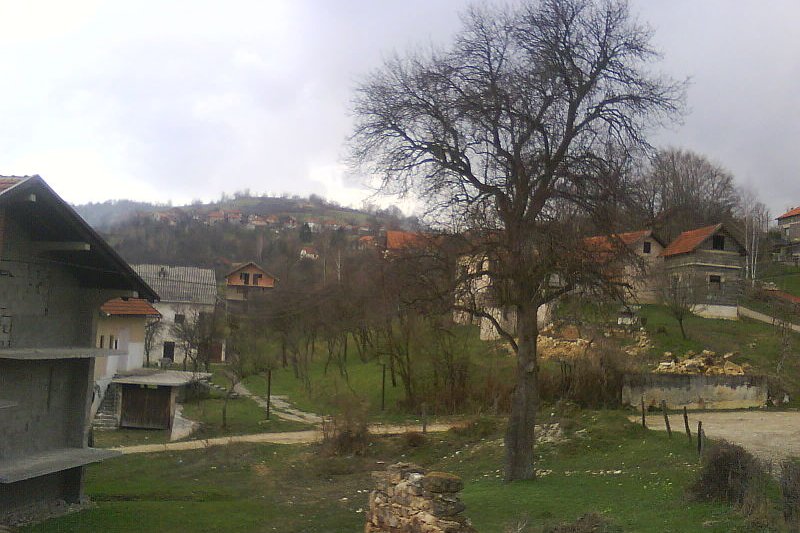
Zenica, Bosnia and Herzegovina
 Go Back - HOME | Latest Bosnia Herzegovina > Europe > World | YouTube : Facebook | About Me : Contact Me
Go Back - HOME | Latest Bosnia Herzegovina > Europe > World | YouTube : Facebook | About Me : Contact Me The village of Konjevići, Zenica
The village of Konjevići, ZenicaSource: https://commons.wikimedia.org/wiki/File:Konjevi%C4%87i-Zenica09640.JPG
Author: Quahadi Anto

Zenica is a city in the Zenica-Doboj Canton of the Federation of Bosnia and Herzegovina. The city is located on the Bosna River, somewhere close to the geographic center of Bosnia and Herzegovina, to the north of Fojnica and about 70 km (43 mi) northwest of Sarajevo.
Zenica covers 499.7 sq km (192.9 sq mi) and has a population of 127,000 (2011 estimate). The area around Zenica has been inhabited since the Neolithic period. During Roman times, there was a settlement here called Bistua Nova. It only began to be known as Zenica from 1436.
Zenica was ruled by the Ottoman Empire from 1463 until 1878. After that it came under Austro-Hungarian occupation, during which time it underwent industrialization. Many of its historic buildings date from the early part of the 20th century. After the Second World War, Zenica was part of Yugoslavia until it began to disintegrate in 1991.
The Bosnian War changed the ethnic composition of Zenica, bringing with it an influx of Bosniak immigrants while at the same time saw the departure of ethnic Serbs. Now that peace has returned, Zenica is trying to gain back its position as the industrial hub of Bosnia and Herzegovina.
Visiting Zenica
You can reach Zenica by taking a bus from Sarajevo.Sights & Attractions in Zenica
- Fortress of Vranduk
Medieval fortification of Zenica. - Čaršijska Mosque
One of the main mosques in Zenica. - Stara čaršija (Old Quarter)
The old town of Zenica, where you find many of its historic buildings.
 Latest updates on Penang Travel Tips
Latest updates on Penang Travel Tips

Copyright © 2003-2025 Timothy Tye. All Rights Reserved.